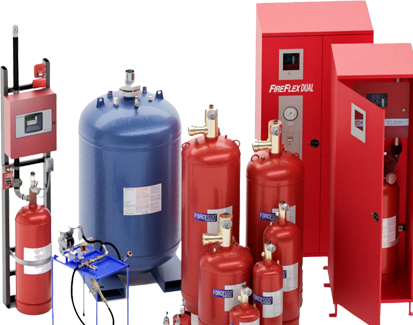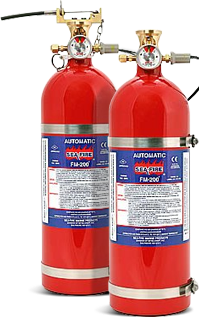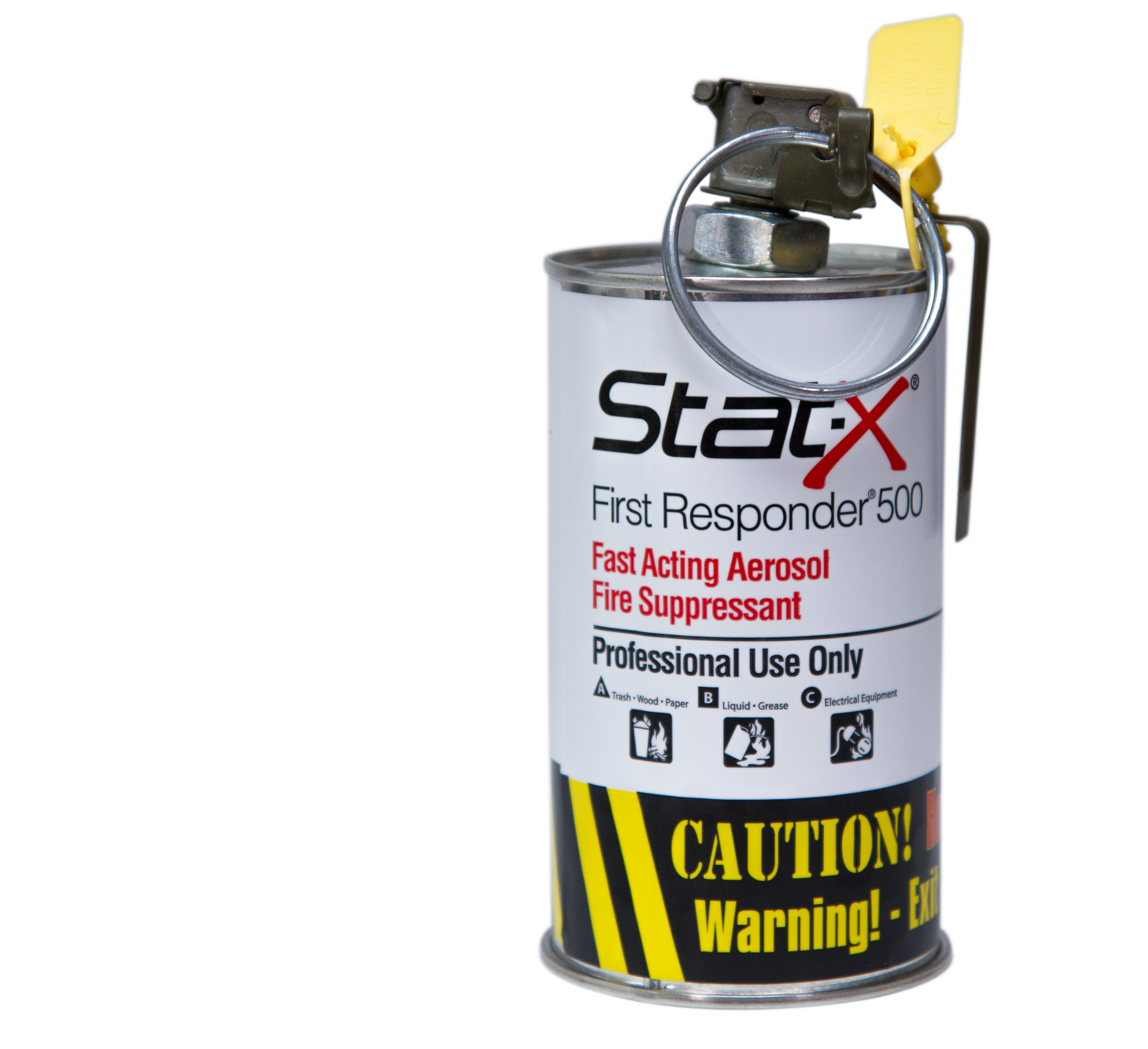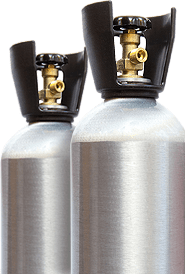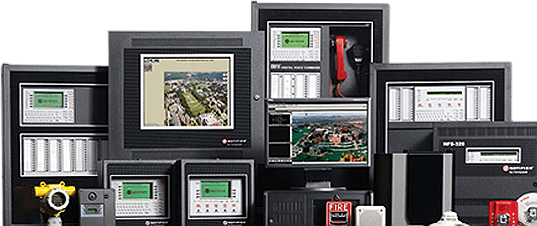Top Fire Safety Risks in Manufacturing Plants–and How to Prevent Them
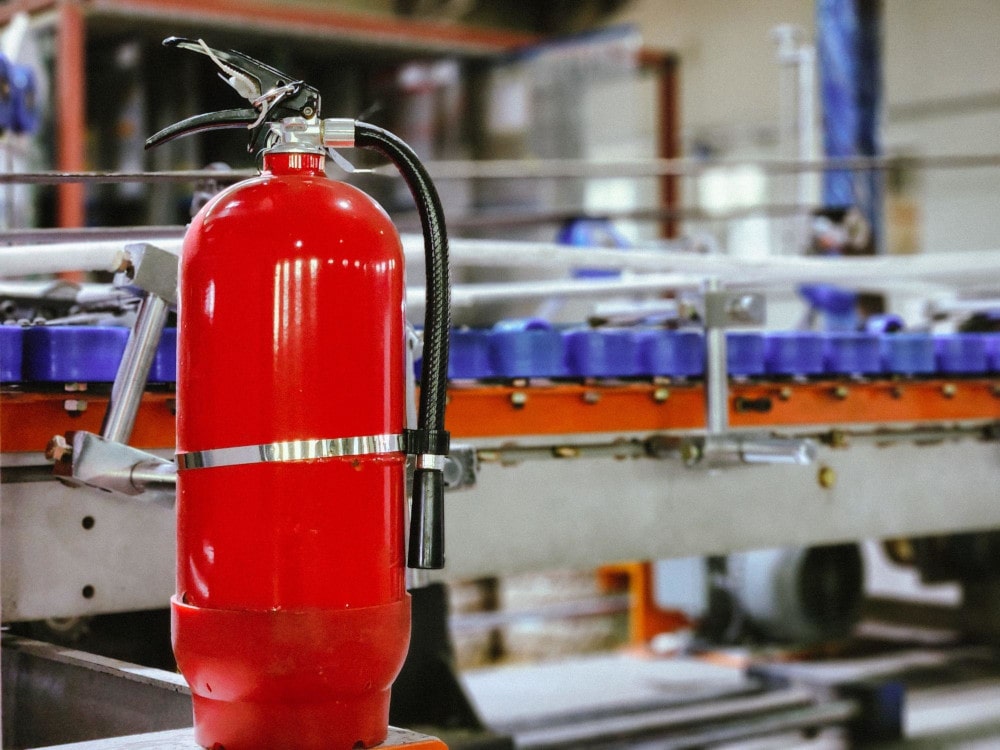
Why Fire Safety in Manufacturing Plants Matters
After a fire, business owners and shareholders suffer from loss of assets, loss of business and production, and costs associated with mitigating the fire damage. Property is often destroyed or rendered unusable, inventories made unsaleable, and raw materials rendered unfit. Employees may suffer a loss of income. Employee safety may be compromised during a fire if it occurs during business or operating hours.
Canadian fire codes require fire safety planning for many businesses as part of standard operations. There are several priority reasons to require businesses to do proper fire safety planning.
Explore further
- Life Safety and Protection
- Regulatory Compliance
- Fire prevention and Fire control
- Pre-planning and support for First Responders
Common Fire Hazards in Manufacturing Environments
Flammable Liquids and Combustible Materials
Flammable liquids are found in almost every manufacturing facility. Protocols and procedures to help eliminate spills during dispensing, handling, and use are important. Proper policies, containment systems, and well-designed ventilation systems are part of the solution. Training employees in best practices is necessary regularly to maintain awareness and understanding.
Electrical Equipment and Machinery Malfunctions
Every manufacturing facility depends on electrical power to operate. Proper design of distribution systems, regular inspection and maintenance, and training are the best practices to mitigate these dangers. As demands increase for power, overloaded circuits may result. Age and use can cause exposed, frayed, or damaged wiring that must be addressed. Overloaded electrical circuits overheat rapidly, often resulting in damaging fires. Proper maintenance and inspection protocols decrease these problems, as do regular audits and updates of electrical systems.
Hot Work (Welding, Cutting, Grinding)
Welding, cutting and grinding processes produce heat, sparks, and open flames that are potential sources of ignition. Anywhere these processes occur, demand that protocols and polices to mitigate the risk be in place. Permit systems, fire watch rules, and regular oversight policies are some ways fire safety plans can help reduce the risk of fire when these processes are used.
Dust and Debris Accumulation
The accumulation of dust and debris in and around a work area easily become hazards for fire and other life safety risks. In some installations, combustible dust accumulation can create fire and explosion risks. Dust collection systems are required in many industries according to NFPA 652.
Human Error and Unsafe Work Practices
Constant vigilance and ongoing training are the tools most used to thwart these types of problems. A lack of proper training can be the root cause of accidents and fires. A regimen of fire safety training, protocols, and drills that are properly planned and documented is one way to approach these problems.
Best Practices to Prevent Fires in Manufacturing Plants
Experience has provided some means to help prevent fires in manufacturing plants. Your insurance carrier is a good source of ideas to help your business address these issues. These best practices are some of the most common ways manufacturing plants approach fire prevention.
Conduct Regular Fire Risk Assessments
Awareness is a big factor in fire prevention. Regular assessments of your facility, your fire safety plan, and your operations can often identify shortcomings in your fire safety systems and plans. Identifying hazard zones and assessing the readiness of your fire suppression and safety systems help build awareness.
People also search
Install Industrial-Grade Fire Suppression Systems
Most manufacturing facilities are protected by traditional fire suppression systems such as sprinklers. However, recent advances in fire suppression technology such as FK-5-12-1 systems that protect smaller areas where sensitive electronic equipment is housed offer better protection against fire damage. Larger areas may benefit from a retrofit with different fire suppression systems, such as foam and dry chemical systems.
Integrate Advanced Fire Detection Systems
New technologies that provide faster response times to fires, better data for responding fire units, and a higher quality of system monitoring all benefit a fire safety plan. Older fire suppression systems can be retrofitted with many of these new devices, such as higher quality detectors and VESDA systems.
Provide Fire Safety Training for Employees
Awareness and training can never be discounted as an important part of fire risk management. Regular fire drills, hands on training with fire extinguishers, and knowledge of evacuation and fire drill routines are essential to any fire safety plan.
Maintain and Inspect All Fire Protection Equipment
The best fire protection equipment is only as good as the maintenance and care if it is given. NFPA. CSA regulations and many local Canadian codes require scheduled testing and inspection of fire suppression and life safety equipment. Proper documentation of this maintenance and inspection routine is as important as the performance itself.
Fire Safety Compliance and Canadian Regulatory Guidelines
Most Canadian provinces and cities adhere to NFPA, CSA B139, and the Canadian Occupational Health and Safety Standards. Many provinces, especially Ontario/BC, have enacted and adopted even more stringent code requirements. These regulations and codes set forth the requirements for documentation, including records of inspections, insurance, and training.
Conclusion
Awareness and a proactive attitude toward fire and life safety are the best policies for any manufacturing plant. Understanding the risks associated with your operations is key to planning a proper fire safety system. The initial cost can seem intimidating, but reduced losses, quicker turnaround during recovery, and reduced loss of time and income offer a positive ROI for proper fire safety planning. Avoid the dangers of underestimating and ignoring the importance of proper fire safety and risk management in your manufacturing facility.






